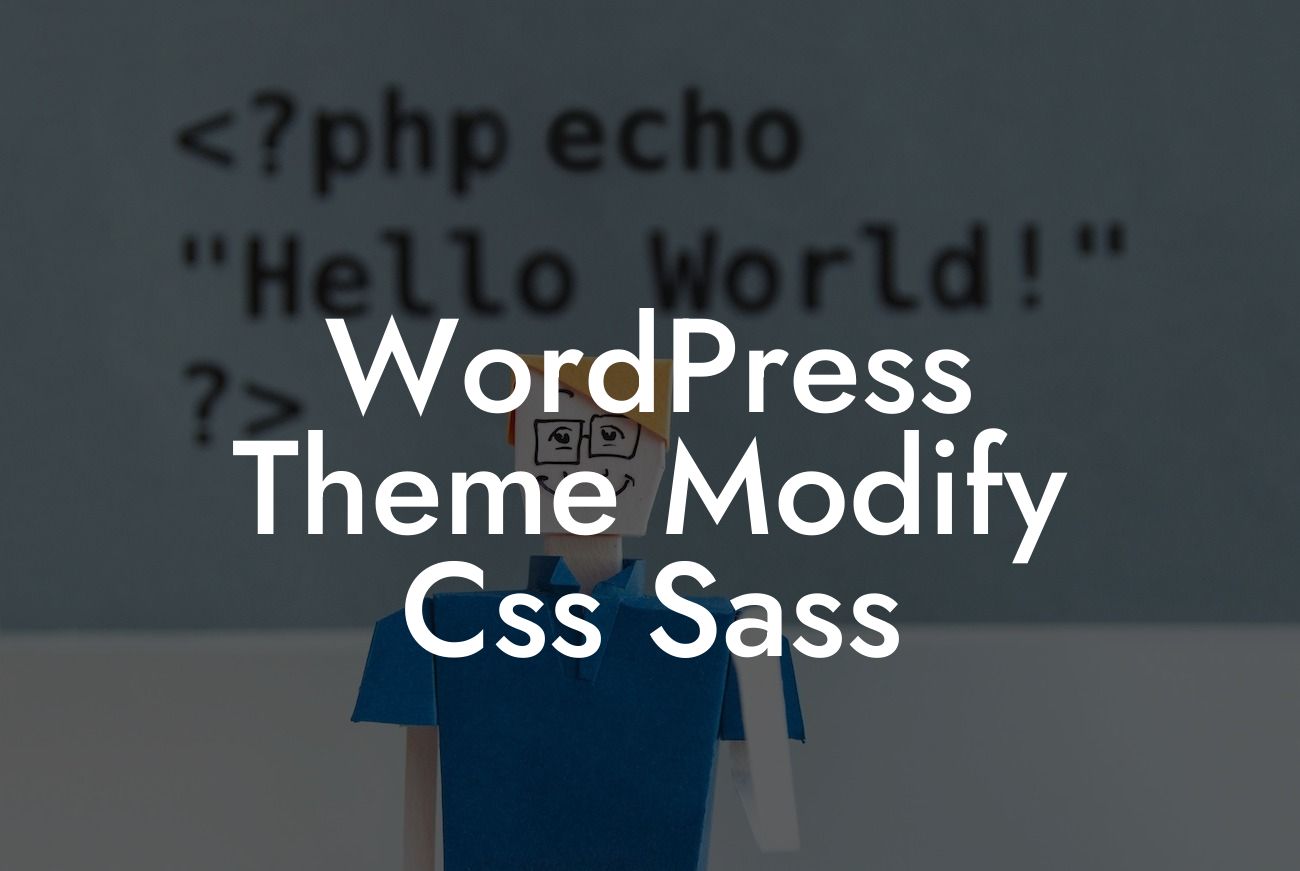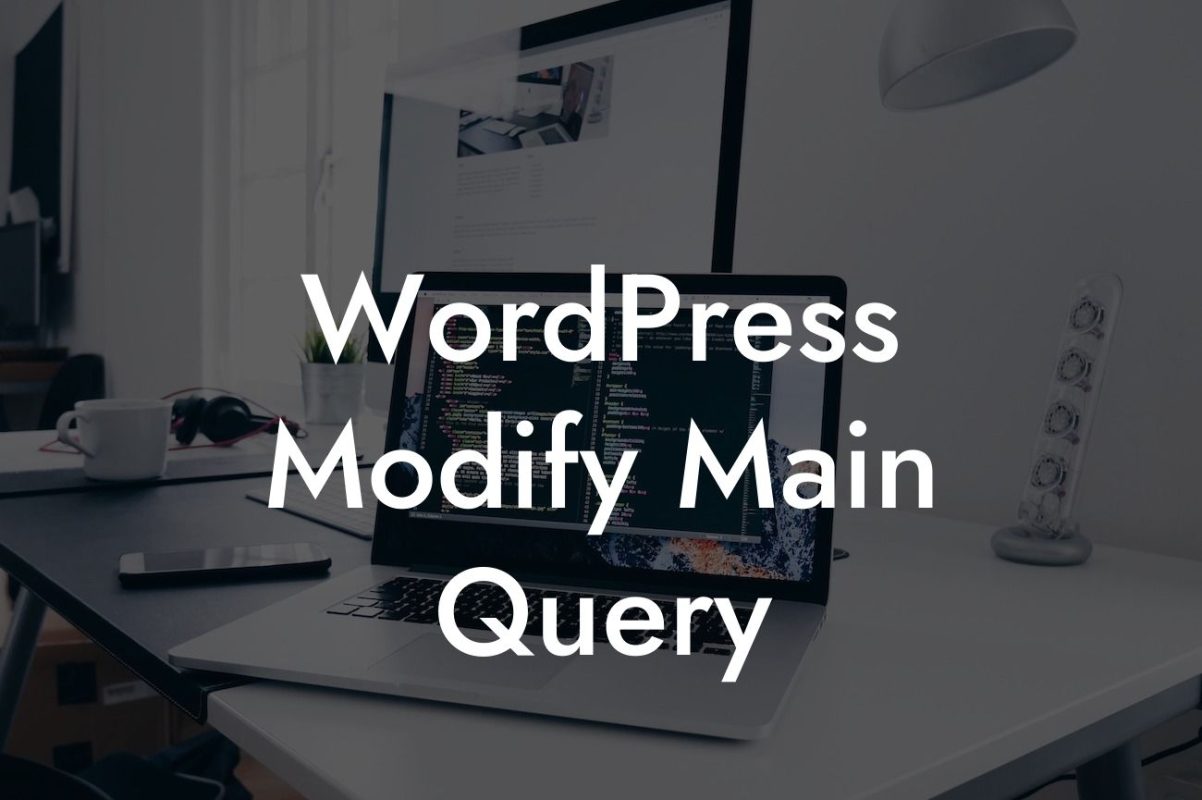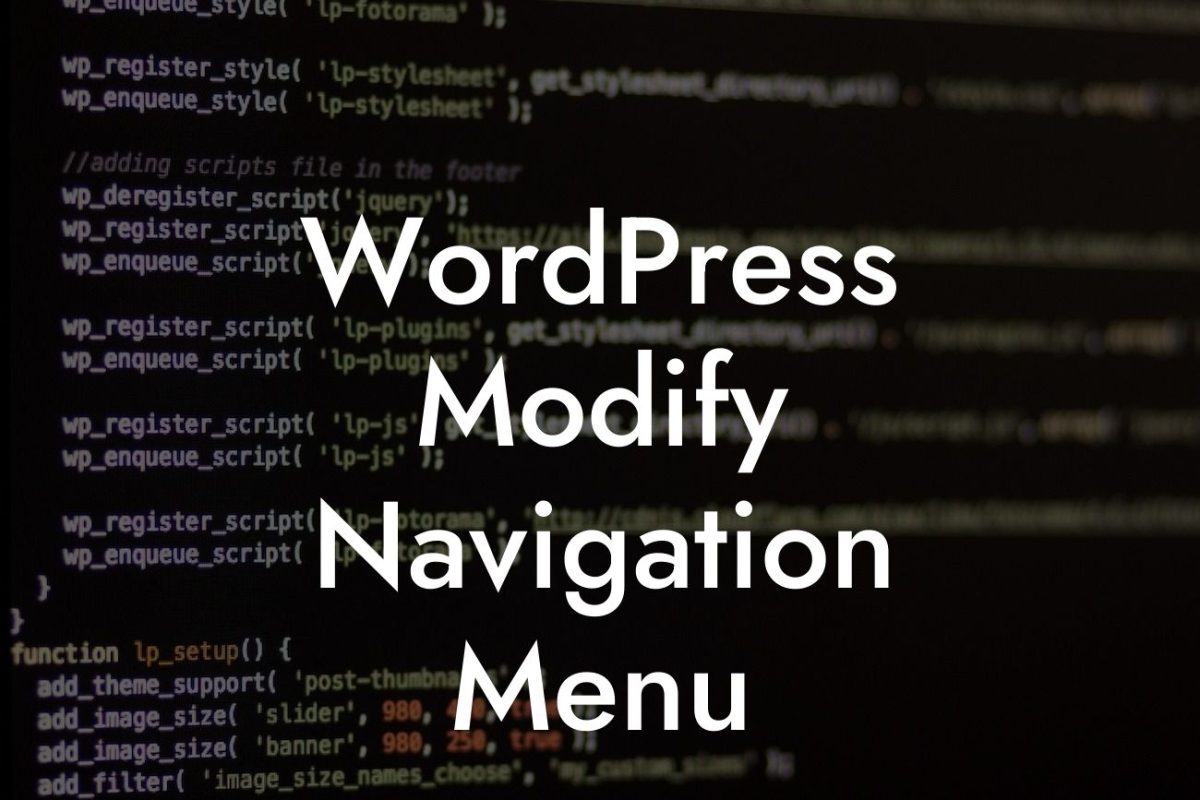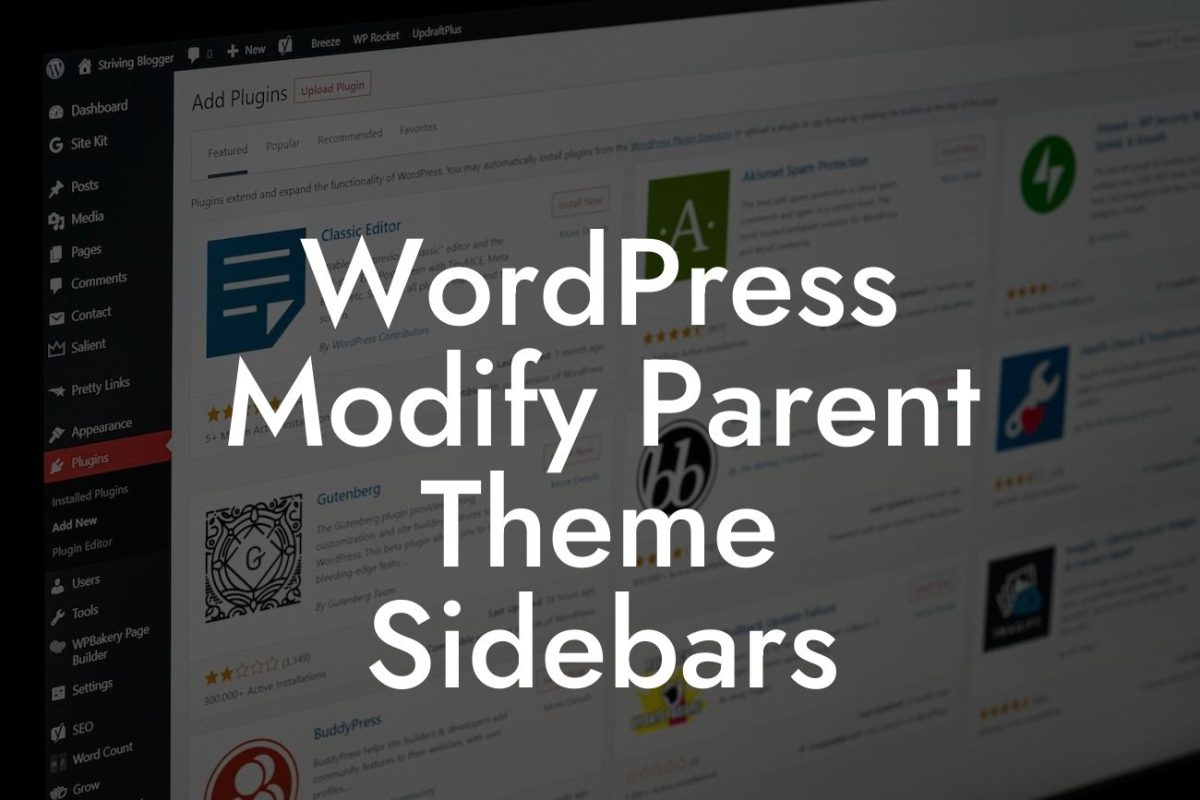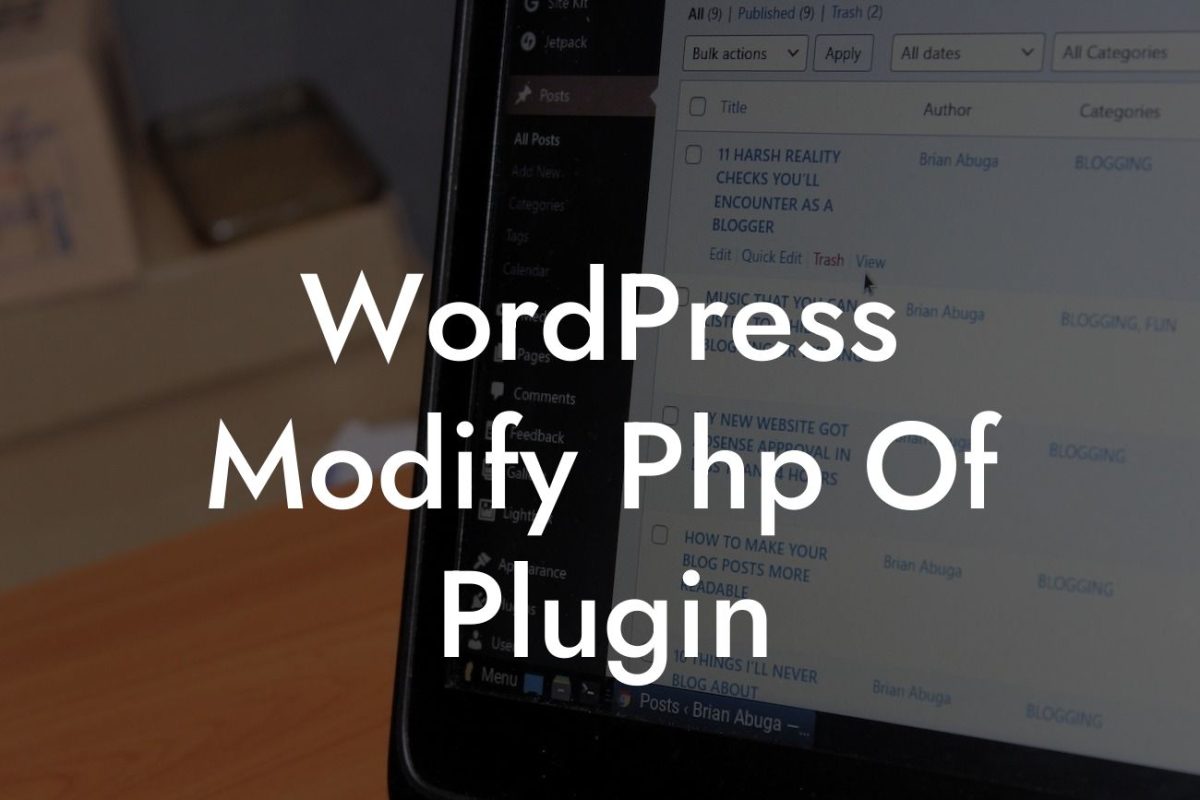Have you ever wanted to modify the CSS and Sass of your WordPress theme to create a stunning and unique design? As a small business owner or entrepreneur, having a website that stands out from the crowd is crucial for success. In this article, we will guide you through the best practices and techniques for customizing the CSS and Sass of your WordPress theme. With DamnWoo's awesome WordPress plugins, you can elevate your online presence and leave behind cookie-cutter designs.
Engaging, user-friendly design is the key to attracting and retaining customers on your website. To modify the CSS and Sass of your WordPress theme effectively, follow these steps:
1. Understand the structure: Start by familiarizing yourself with the structure of your WordPress theme. Identify the CSS files and Sass variables that control various elements of your website.
2. Create a child theme: It is always recommended to create a child theme before making any modifications to your WordPress theme's CSS and Sass. This way, you can preserve your changes even when the parent theme is updated.
3. Use a CSS editor: Choose a reliable CSS editor, such as Visual Studio Code or Sublime Text, to make modifications to your WordPress theme's CSS and Sass files. These editors provide syntax highlighting and make the process easier.
Looking For a Custom QuickBook Integration?
4. Target specific elements: To make targeted changes to specific elements, use CSS selectors. For example, if you want to modify the font size of the heading tags, target them with the appropriate CSS selector and adjust the font size accordingly.
5. Leverage Sass variables: Sass allows you to define variables to store common values, such as colors and font sizes, making it easier to maintain consistency across your website. Modify these variables to customize the design of your WordPress theme.
Wordpress Theme Modify Css Sass Example:
Let's say you have a WordPress theme with a default blue color scheme, but you want to change it to a vibrant orange. By modifying the CSS and Sass, you can easily achieve this. Locate the Sass variable that defines the primary color and change its value to the desired shade of orange. Save the changes, compile the Sass, and voila! Your website now sports a fresh, eye-catching color scheme.
Congratulations! You now have the knowledge and tools to modify the CSS and Sass of your WordPress theme. By customizing your website's design, you can elevate your online presence and leave a lasting impression on your audience. Explore DamnWoo's other guides for more valuable insights and don't forget to try our awesome WordPress plugins to supercharge your success. Share this article with others who may find it useful and let DamnWoo empower your online journey.

